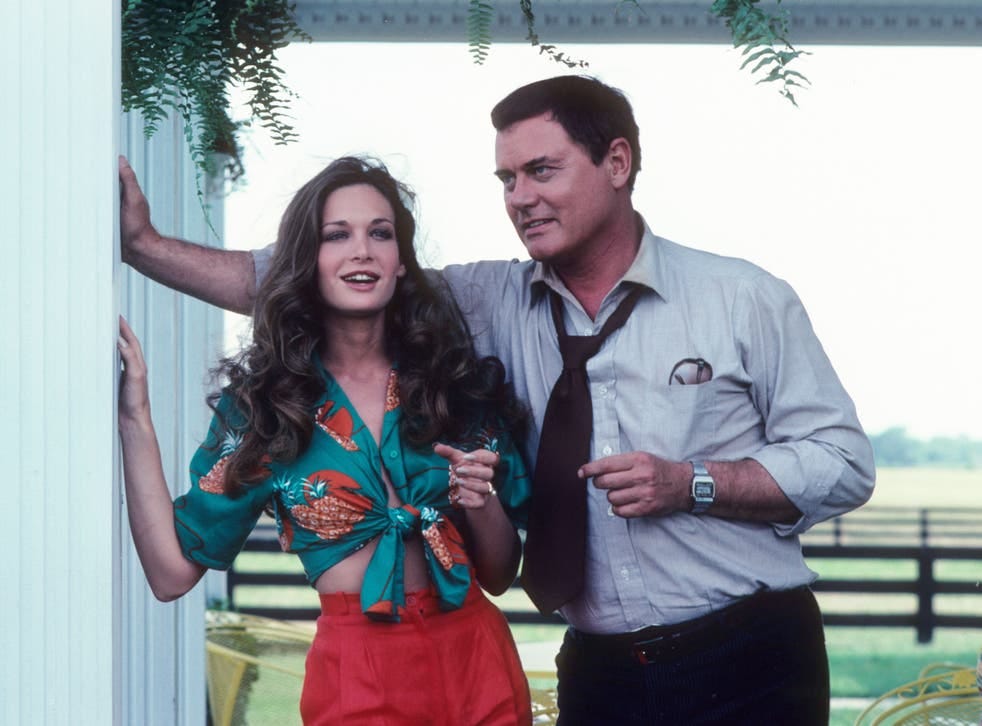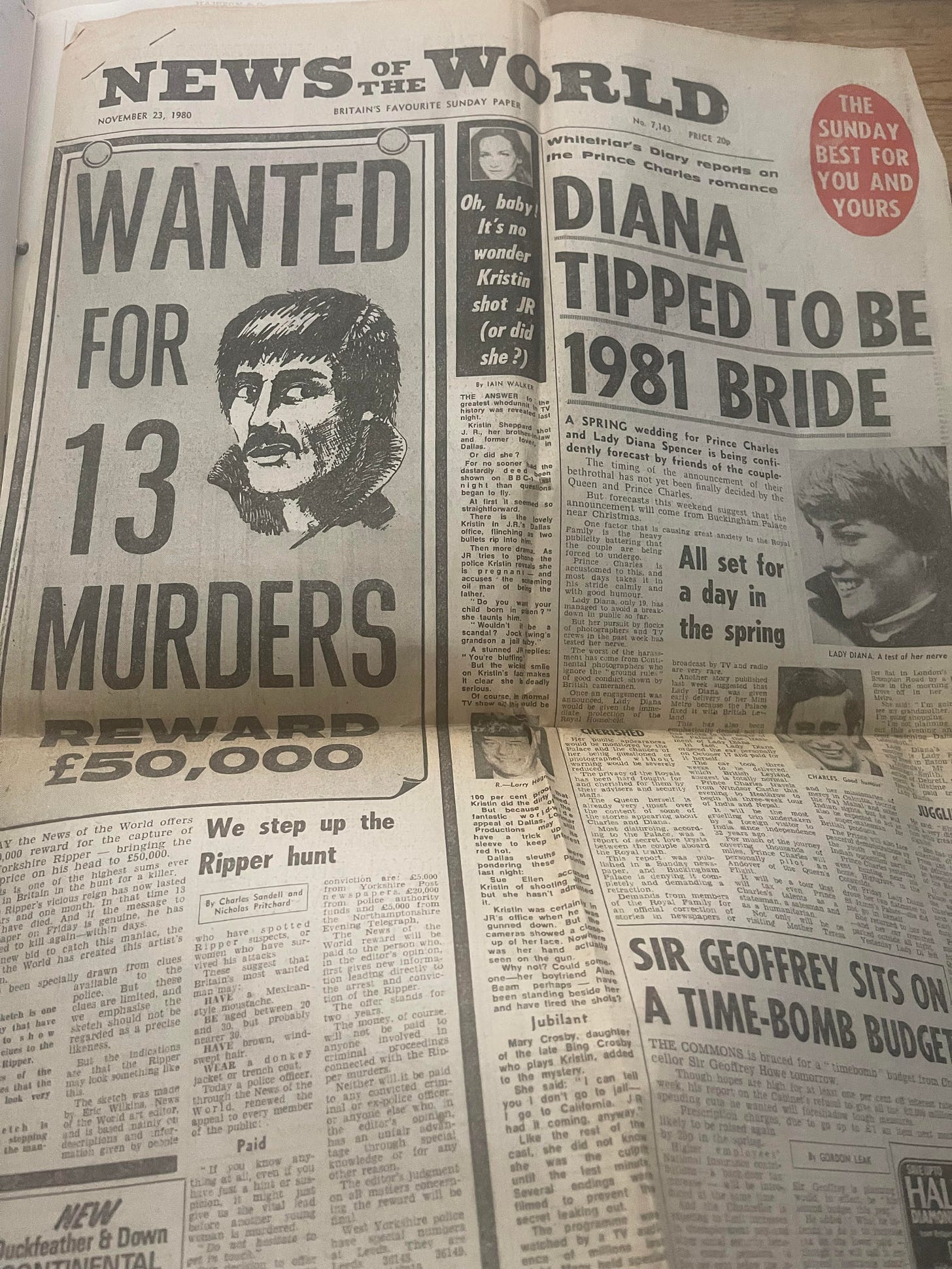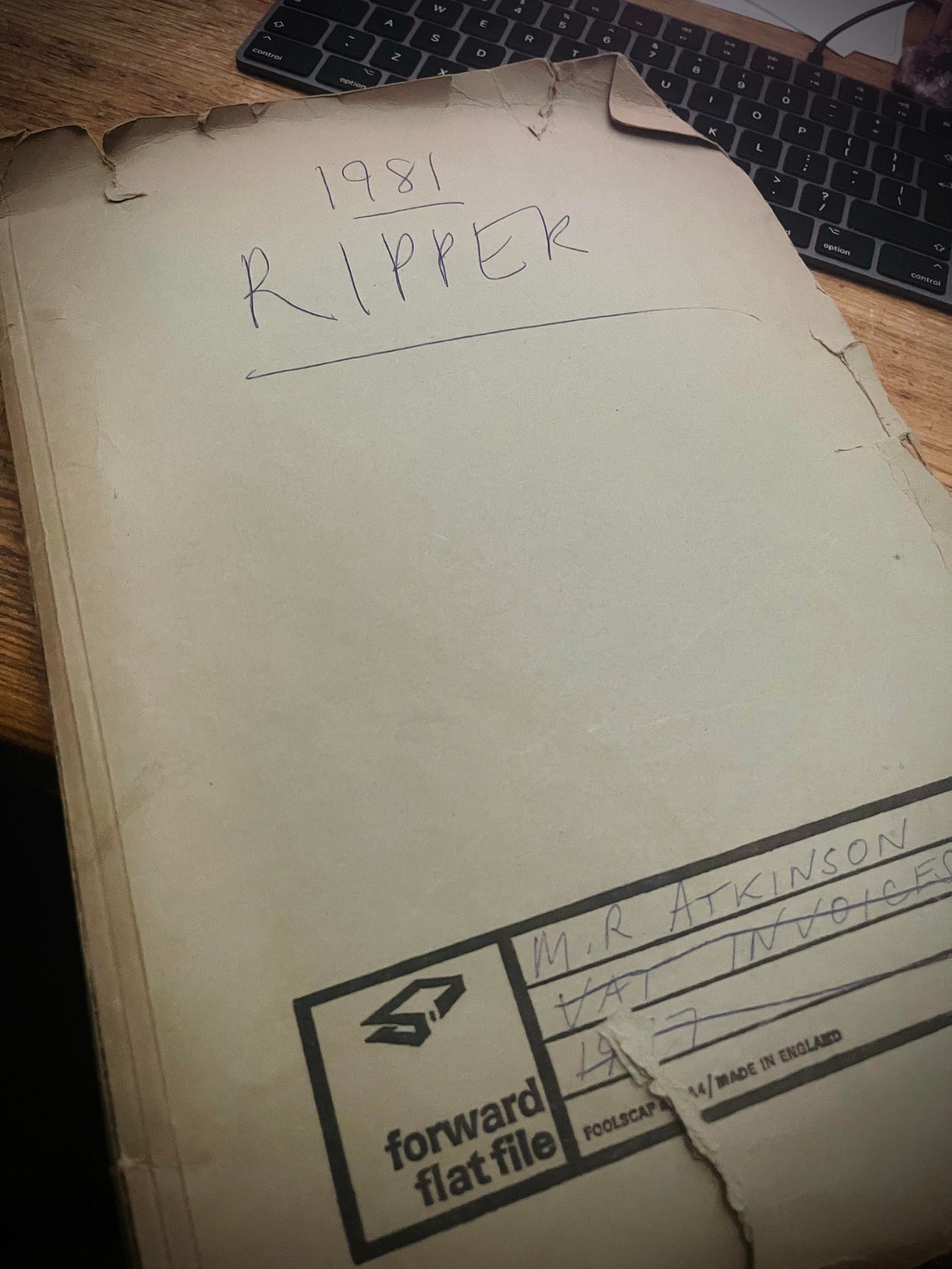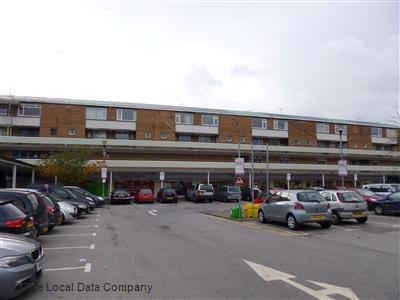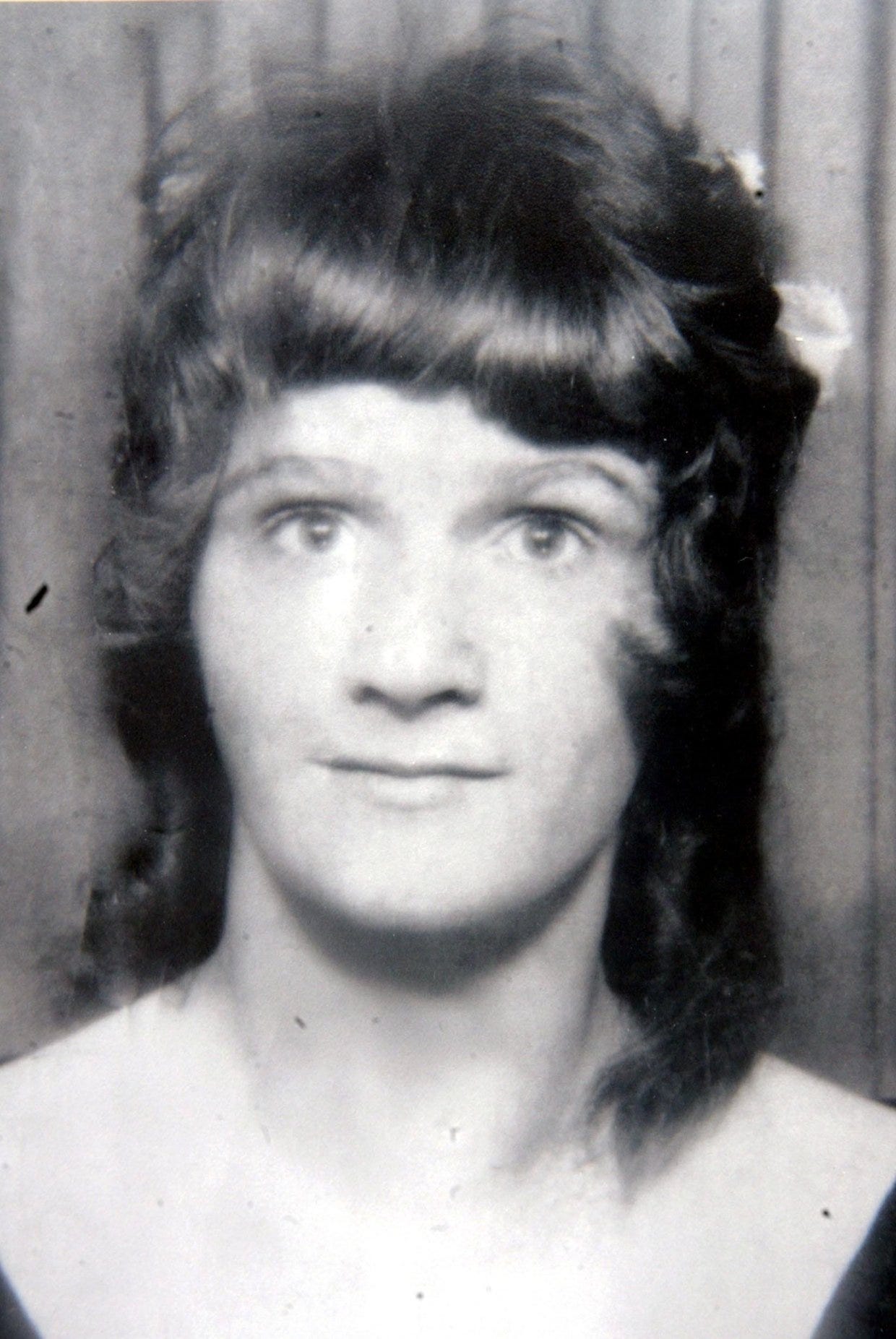From 1969 until 1981 The Yorkshire Ripper haunted the North of England. It wasn’t just women out alone affected by his reign of terror, the fear rippled outwards to families. Husbands, brothers, sons and daughters suddenly became fearful for the lives of the women around them. I wasn’t born when he first attacked and was two years old by the time he killed his next victim. The next six years of my otherwise very happy life, would be interspersed with a slew of newspaper reports and tv bulletins spreading fear into every home in the north, including mine.
Creeping into our Houses.
During that time it felt like there was little escape from the horror that was happening around us. A string of television campaigns were launched, most famously, one of George Oldfield crouched over a tape recorder, playing what he believed was the voice of the Ripper*. I can still hear that voice taunting the police and public as if it were yesterday, and despite knowing otherwise, continue to associate it with him:
*It eventually transpired they were on a wild goose chase. The man who had sent that tape (and several letters) to the police and newspapers was hoaxer John Samuel Humble. A fragment of one of the envelopes was traced back to him via DNA, and twenty five years later he was jailed for eight years for perverting the course of justice.
His actions sent the police off in completely the wrong direction meaning more women’s lives would be lost as the focus switched dramatically. John Humble, had a North East English accent and so this is what the police concentrated on, not the Yorkshire accent, the real Yorkshire Ripper, Peter Sutcliffe had.
The Cuttings.
My dad was an avid diarist and archivist, once I would have laughed at his constant cutting out of newspapers and magazines, now I am forever thankful. The first novel I wrote was set in 1980. It wasn’t about the Yorkshire Ripper as such, but his presence loomed large over the characters and their daily lives. I have referred to him in other stories I have written, such has the effect of that time left on me.
The files, that run from 1977 to his trial in 1981, meant that I was able to incorporate many details of real events on the days they happened and not just the crimes. This has since meant that things I have written have been given an authenticity I would otherwise have struggled for. For example, the book involves a party which is central to the story, because I had a newspaper from that day I knew exactly what the guests would have been watching on TV that night (and it was a BIG tv night in the UK). I also new what they would have been reading with regards to the Ripper story the next morning.
The darker side to this brilliant filing was, of course, that the stories became ever closer. Even though I was only seven when he was caught, I knew all the victims names and I knew exactly what had happened to each. This had a detrimental effect when it came to my mum, of whom I was feircely protective. My mum was (and is) very beautiful. She often garnered the attention of men to the point that I would follow her from a distance, and when I saw men looking at her I’d shout at the top of my voice ‘MUUUUM!!’ certain that a gobby child would put them off anything they had in mind. It was a dramatic behaviour, but in a world where it felt women weren’t safe anymore I often felt I might lose her.
Reclaim the Night.
One night on the news I heard the warning that because of the murders, women should keep off the streets. I have a very clear memory of this and knowing that my mum was going to Tesco’s on Ecclesall Road in Sheffield that very night. I was petrified. With hindsight I’d like to think that she was pretty safe, Dad would have been driving her there and taking her home afterwards. But in my young mind and knowing at some point she would be alone in the city and somewhere, I feared, the monster might be waiting for her.
The first Reclaim the Night protests in the UK took place in Leeds on the 12th November 1977. It was a direct response to the Ripper murders and women being told to stay out of public spaces at night. Women felt it was men that should have a curfew, not women.
I have been asked recently how I think the streets can be made safer and my feelings are this: Taking men, or women off the streets won’t stop a monster who is determined to take a life. It might surely limit opportunities, but they will find a way to carry out their horrific deeds no matter what the laws or rules are. If the threat of the electric chair or hanging failed to stop murder, I’m sure the legal risks of breaking a curfew would’t have much effect either. We can only look at how to make our public spaces safer for women.
The ‘Innocents’.
When the Yorkshire Ripper killed 16-year-old Jayne MacDonald in 1977, officers referred to her as the Yorkshire Ripper’s first ‘innocent’ victim. There were two consequences of this. It inferred that the prostitutes were somehow guilty, that they asked for it and their deaths were less. It also meant that the main focus was on searching out areas frequented by prostitutes and men who used them, when in fact at least five were known not to be prostitutes. Under the glare of 1970’s attitudes towards women, it also meant that if they were sleeping around, or frequented pubs and clubs regularly, they were also painted as somehow less deserving of our sympathy. I’d like to think it was different today, but I feel these prejudices still stand albeit less openly.
A mum struggling to feed her kids who turns to prostitution or in fact chooses it freely vs a woman with a University eduction and ‘respectable’ job? It matters not, each one of his victims deserved to live out their lives safely. We need to wipe clean that slate of judgement on women once and for all.
January 1981.
After a seven years of evading capture, Peter Sutcliffe was stopped by two policemen on Melbourne Avenue in Sheffield, when they noticed his car parked in the red light area. When they found he had false number plates he was taken in for questioning. He had a prostitute with him at the time, who surely escaped certain death by the skin of her teeth.
It was the next day when Sgt Bob Ring decided to return to where they had found him. He remembered that Peter Sutcliffe had asked to pee the night before and so he went to that area, and there he found a hammer and a rope (he had also hidden a knife in the toilet cistern at the police station). After two days of questioning Peter Sutcliffe finally confessed to the killings, mocking the police for not finding him before. He had in fact been spoken to by police nine times before his eventual arrest.
The country owes a debt to that diligent police sergeant who acted on instinct and followed through on his suspicions. Had he not, Peter Sutcliffe would certainly have continued to terrorise the north of England for as long as he was able.
And where was he caught?
Just one mile away from where I had feared for my mum’s safety the year before. So that frightened little girl’s fear hadn’t been quite as dramatic and irrational as some might have thought.
Wilma McCann.
Reported as his first victim although he had attacked women before, Wilma McCann was found on playing fields trying to make her way back home to her four young children. You may may well be aware of her photograph, not the one below, but a much harder image that has been used time and time again. I once heard her son Richard McCann, now a successful motivational speaker, talking about this. He felt that that photograph didn’t represent his mum the way he remembered her. On researching this article I was pleased to see that another photograph has now been used and so I wanted to publish it here also.





